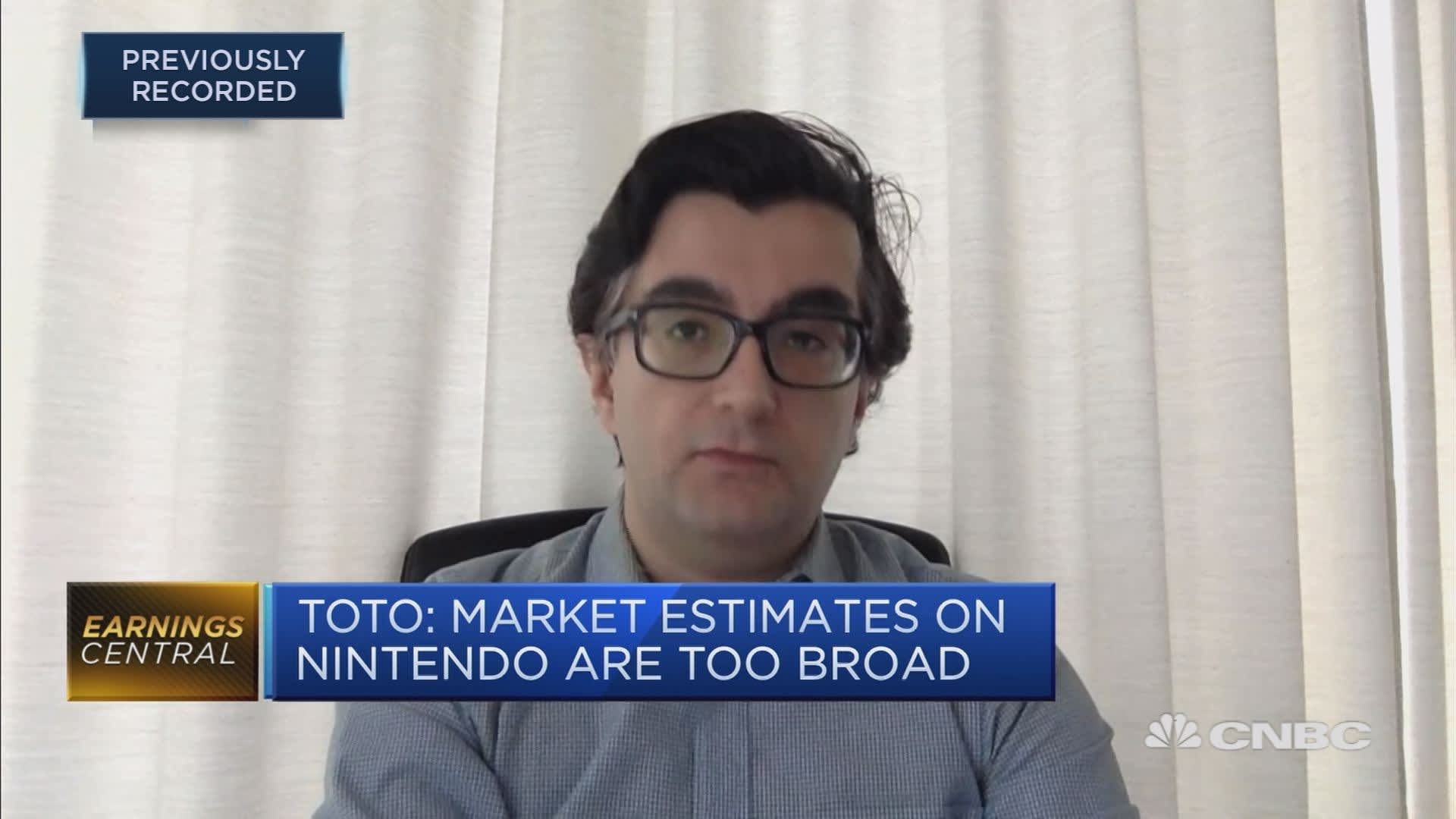Is Nintendo Playing It Safe? Analyzing The Company's Conservative New Direction

Table of Contents
Reliance on Established Franchises: Less Risk, Less Reward?
Nintendo's recent game releases showcase a heavy reliance on its established franchises: Mario, Zelda, Pokémon, and a few others. This strategy, while seemingly safe, presents a double-edged sword.
Less Risk, Less Reward?
- Pros: Consistent sales are almost guaranteed with these beloved characters. Brand recognition minimizes marketing costs, and fan loyalty ensures a built-in audience. The Legend of Zelda: Tears of the Kingdom, for instance, benefited immensely from this pre-existing fan base.
- Cons: Over-reliance can lead to market saturation. Releasing numerous iterations of the same formula, while profitable in the short term, might alienate players seeking fresh experiences. The potential for innovative gameplay mechanics and story arcs can be stifled. Moreover, this approach potentially overlooks opportunities to capture new demographics less familiar with these classic franchises.
The Impact on Innovation
Nintendo's history is punctuated by bold innovations. The Wii, with its motion controls, redefined gaming accessibility. The DS introduced dual screens and touch controls. However, Nintendo's current approach suggests a shift away from such radical experimentation.
- Comparison to the Past: The risk-taking spirit that drove the creation of the Wii and DS appears somewhat diminished. The focus has shifted towards refining established formulas rather than forging entirely new paths.
- Missed Opportunities?: By prioritizing established franchises, Nintendo might be missing chances to cultivate groundbreaking new game experiences and attract players who crave originality. While games like Splatoon have been successful in introducing new IPs, the company's overall strategy remains heavily weighted towards its legacy titles.
- New IP Attempts: While Nintendo occasionally attempts to launch new IPs, their success rate is inconsistent, highlighting the challenges and risks associated with venturing outside their comfort zone.
Pricing Strategies and Market Segmentation: A Premium Approach
Nintendo's premium pricing strategy and focus on specific demographics are further aspects of its conservative new direction.
Premium Pricing and its Implications
- Alienating Customers?: Nintendo's consoles and games are often priced higher than those of competitors like Sony and Microsoft. This premium pricing might exclude budget-conscious gamers and limit market accessibility.
- Market Share Implications: While maintaining profitability, this pricing strategy potentially reduces Nintendo's overall market share compared to competitors offering more affordable options.
- Comparison to Competitors: The price difference between Nintendo Switch games and those on PlayStation or Xbox is noticeable, influencing consumer choices.
Focus on a Specific Demographic
Nintendo traditionally targets families and casual gamers. While this strategy has yielded success, it also raises questions.
- Strengths and Weaknesses: This approach ensures a dedicated audience but might alienate hardcore gamers who desire more mature and complex titles.
- Growth Limitations: Focusing primarily on one demographic limits Nintendo's potential for broader market expansion.
- Demographic-Specific Games: Games like Animal Crossing clearly cater to a specific demographic, while others attempt to appeal to a wider audience with varying degrees of success.
The Mobile Market and Nintendo's Approach: Cautious Expansion
Nintendo's foray into the mobile gaming market has been a strategic, yet measured, approach.
Strategic Partnerships and Mobile Game Development
- Success of Mobile Titles: While titles like Mario Kart Tour have generated revenue, their overall impact on Nintendo's brand and market share remains to be fully assessed.
- Alignment with Console Strategy: The question remains whether Nintendo's mobile strategy effectively complements its console strategy or if it's a separate, less integrated entity.
- Potential for Further Expansion: The mobile market presents significant opportunities, and Nintendo's future success may hinge on its ability to leverage this platform effectively.
Conclusion: A Cautious Path Forward?
Nintendo's conservative new direction, characterized by a reliance on established franchises, premium pricing, and a measured approach to the mobile market, presents a complex picture. While this strategy ensures consistent profitability and brand loyalty, it simultaneously raises concerns about innovation, market expansion, and long-term growth. The company's ability to balance risk and reward will determine its future success. Is this a winning strategy, or is it time for a bolder, more innovative approach? What do you think? Is Nintendo's conservative new direction a winning strategy, or is it time for a more daring approach? Share your thoughts in the comments below! Let's discuss Nintendo's cautious approach and its future strategic direction.

Featured Posts
-
 Kanye Wests New Companion Similarities To Bianca Censori
May 28, 2025
Kanye Wests New Companion Similarities To Bianca Censori
May 28, 2025 -
 Should You Take Ozempic A Comprehensive Guide To Glp 1 Receptor Agonists
May 28, 2025
Should You Take Ozempic A Comprehensive Guide To Glp 1 Receptor Agonists
May 28, 2025 -
 Cek Cuaca Jawa Tengah Besok 23 April Potensi Hujan Tinggi
May 28, 2025
Cek Cuaca Jawa Tengah Besok 23 April Potensi Hujan Tinggi
May 28, 2025 -
 How The Student Loan Crisis Will Impact The Us Economy
May 28, 2025
How The Student Loan Crisis Will Impact The Us Economy
May 28, 2025 -
 Nba Injury Report Pacers Vs Hawks March 8th Matchup
May 28, 2025
Nba Injury Report Pacers Vs Hawks March 8th Matchup
May 28, 2025
